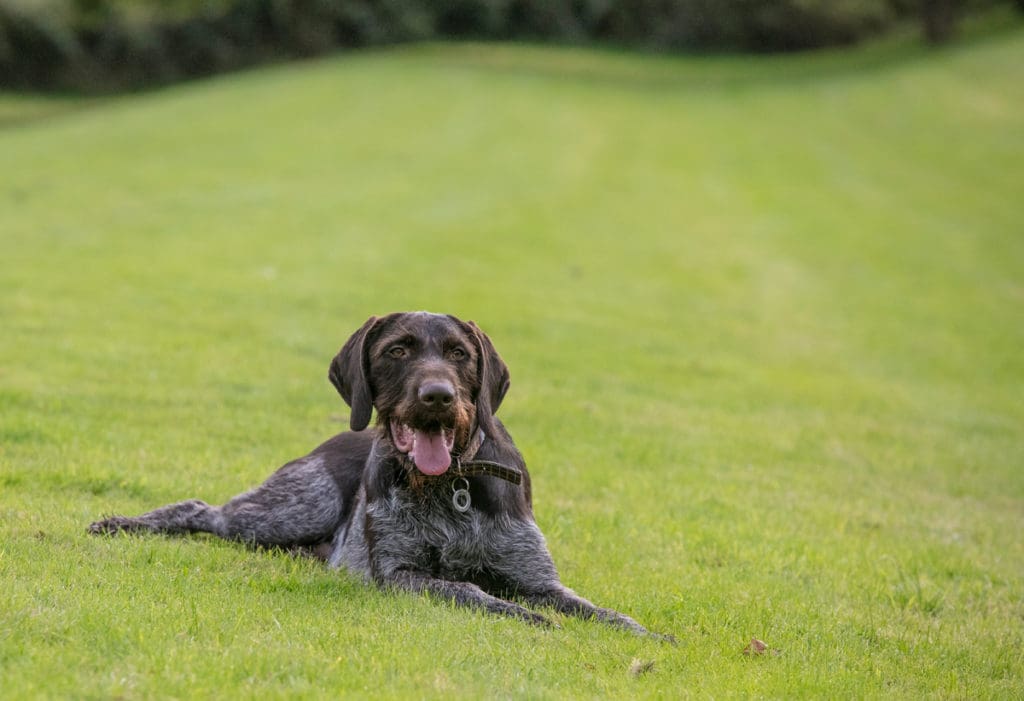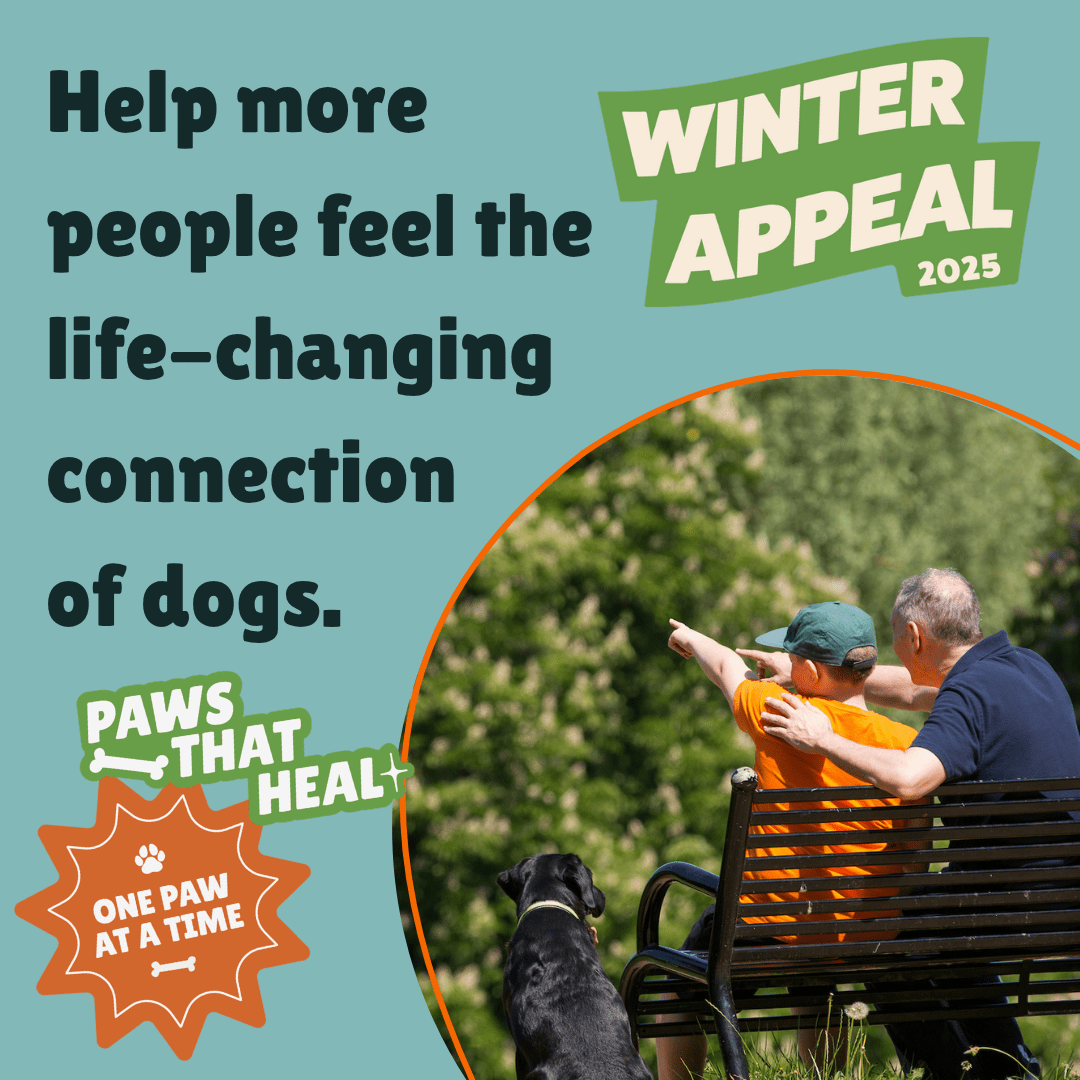Gastric Dilation Volvulus
Gastric dilation volvulus is also known as GDV, bloat, gastric torsion, twisted stomach or stomach torsion. It is invariably a highly acute and life-threatening situation and there is a clear pathway to manage it in terms of surgical, medical and supportive measures.
Dealt with swiftly and correctly, the condition has a high success and survival rate (> 80%). However, time is perhaps the most critical factor in all this and any delay in recognising the signs and/or inducing the right procedures exponentially will reduce a dog’s chances of survival.

What causes it?
The exact elements that lead up to it are still not entirely clear but, no matter how the crisis arises, the result is always the same: a distended, gas-filled stomach that twists (volvulus), leading to a highly compromised system.
First, vessels taking blood to the stomach become kinked. Together with rising pressure inside, which in turn acts as a force on the stomach wall and squeezes it, this increasingly reduces the oxygen supply and puts cells there at risk.
Secondly, the spleen is attached to the stomach by a ligament which means that a moving stomach will take this important organ with it which then also deprives the spleen of blood and oxygen.
All this sets a process in motion that will eventually involve the entire body, especially heart, lungs and kidneys.
What are the main symptoms?
Symptoms that you will see are:
- Breathing: accelerated and possibly laboured
- Heart rate: raised and possibly arrhythmic
- Look inside the mouth for pale mucous membranes
- Unproductive retching
- Distended and painful abdomen
- Potentially signs of stress and collapse
These are indicative of the condition and there are, of course, other diagnostic aids, like x-rays, haematology and biochemistry. However, the situation is usually so serious that a veterinary surgeon will opt for immediate action and prepare for an operation. At the same time, the body must be stabilised by releasing the pressure from the stomach and rebalancing the system with intravenous fluids.
What is the treatment?
The surgical procedure is known as gastropexy. This is a method by which, after repositioning it, the stomach is sewn to the abdominal wall to physically prevent future episodes of volvulus.
Postoperative measures are mainly limited to analgesia and continued stabilising IV fluids. If all has gone well, very small amounts of fluids and food can be tried 24 hours after surgery.
Are all dogs at risk?
Any dog can suffer from GDV but statistically, large and giant breeds are overrepresented, principally Great Danes, German shepherds, Standard poodles, and Irish setters. A common factor is the presence of a particularly deep chest in relation to its width.
Other risk factors such as a generally nervous disposition, thin body condition and advanced age (particularly between 6 – 12 years) have been identified. There may also be a congenital factor in that dogs with a direct relative that has suffered from GDV are more likely to develop it too. Similarly, removal of the spleen appears to increase the threat, possibly due to a resulting larger space within the abdominal cavity.
What about diet?
Despite some controversy, the role of diet is not certain. However, following these recommendations are a sensible precaution and may reduce the risk of GDV, especially in those breeds known to be more susceptible to the condition:
- Divide the daily ration and feed frequent small meals during the day (3 – 4)
- Feed in a quiet environment
- Rest the dog one hour before and two hours after meals (i.e. no exercise)
Memorise and always be prepared for the symptoms shown above, especially if you live with a dog from a large or giant breed. If you see these signs, seek immediate veterinary treatment as time may be critical.
Help support our life-changing work...
Imagine if everyday tasks were so challenging or physically demanding they affected your quality of life. For many people living with a disability of families with a child with autism, that is their reality. Now imagine if a specially trained four-legged friend could restore your, or your family’s, independence.
The demand for our services is high and we can’t help as many people as we would like to without more funding. Please help us continue to bring people and dogs together to help make everyday life possible in so many extraordinary ways.
Every contribution, whatever size, is important and helps us make a difference.


